WSPR with Raspberry Pi
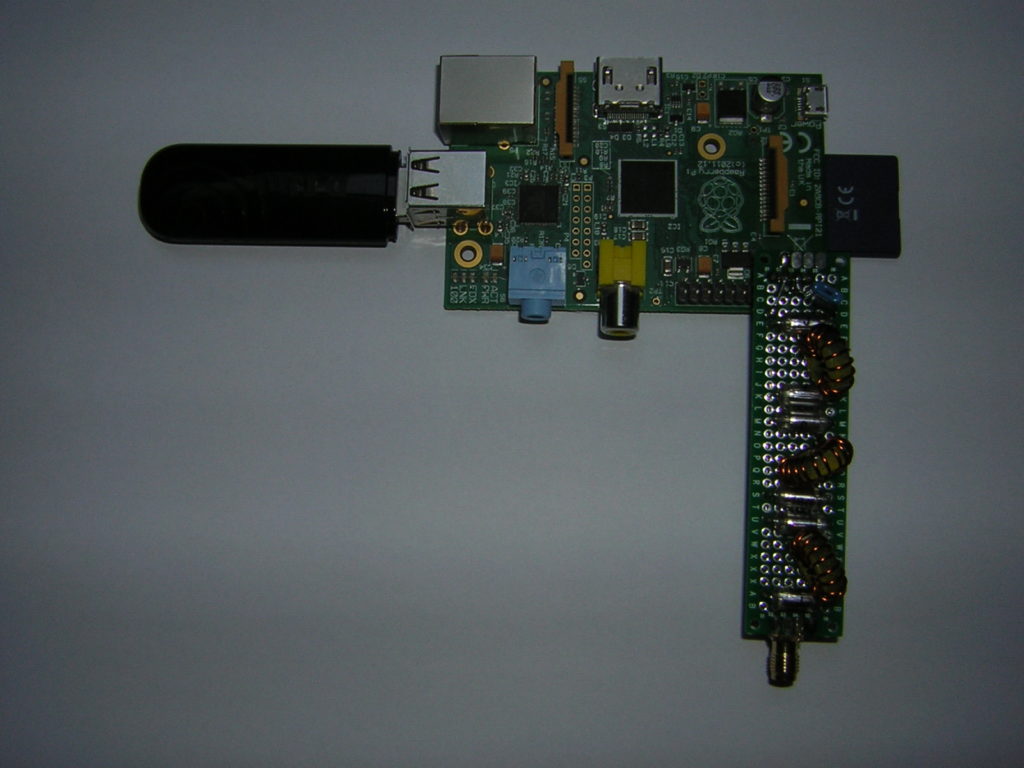
After my successful experiments with WSPR and FT8 on my FT-900, I wanted to try a low power stand alone beacon for WSPR. I happened to find an old Raspberry Pi in one of my bottomless drawers.
A search on the WEB revealed that there was a way to convert this board into a transmitter. Very inspiring instruction was found on a German website. The program called WsprryPi was downloaded from GitHub. The instructions for installation and usage on this site were very detailed and helpful.
I wanted to run the beacon autonomously without connecting another controlling PC. DL7VDX suggested to write a script which was started automatically on boot-up. I tried this, but had no real success. The easiest way was to add a command line to the /etc/rc.local file. This worked perfectly well.
The Raspi was connected to my local WLAN via a USB-stick, to receive a time signal from an NTP-server.
Very important: A low-pass filter had to be inserted between the output of the Pi and the antenna! I found detailed instruction for this on the QRP-Labs website. Fortunately, I had some AMIDON T-50-6 cores laying around. Three coils were wound with 0.6 mm magnet wire (~AWG 23). All the components were soldered to an experimental circuit board:
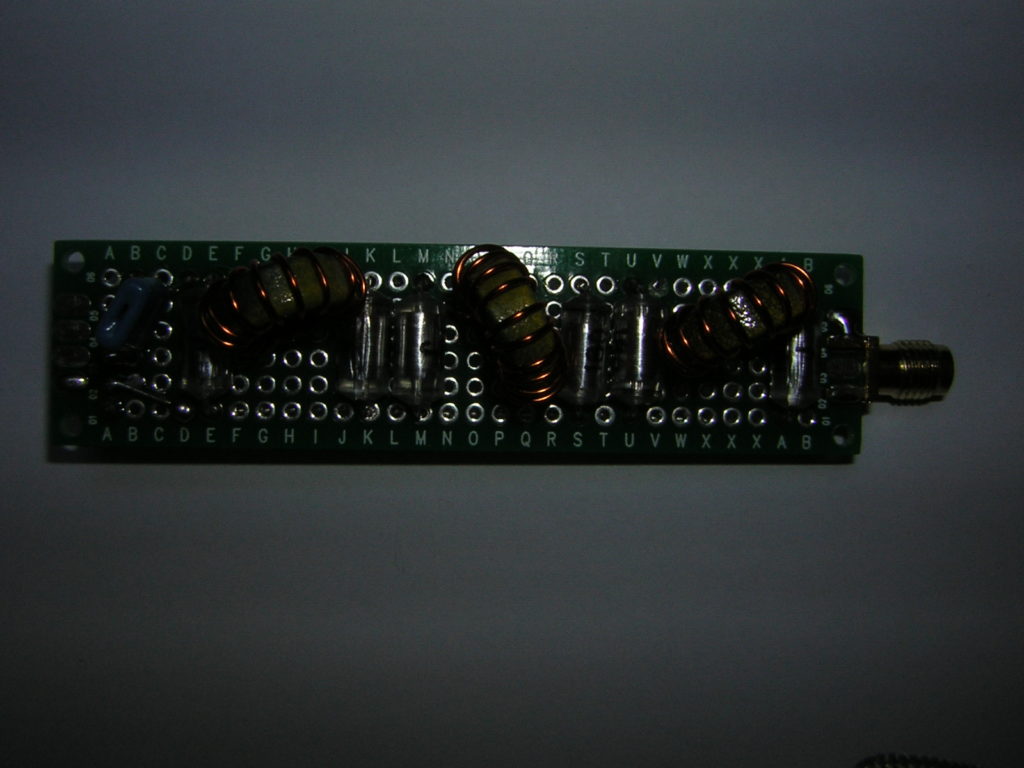
One problem was, to measure the filter’s frequency response. The only test equipment I had for this was my FA-VA5 antenna analyzer. I inserted the filter between this instrument and a 50-Ohm dummy load:
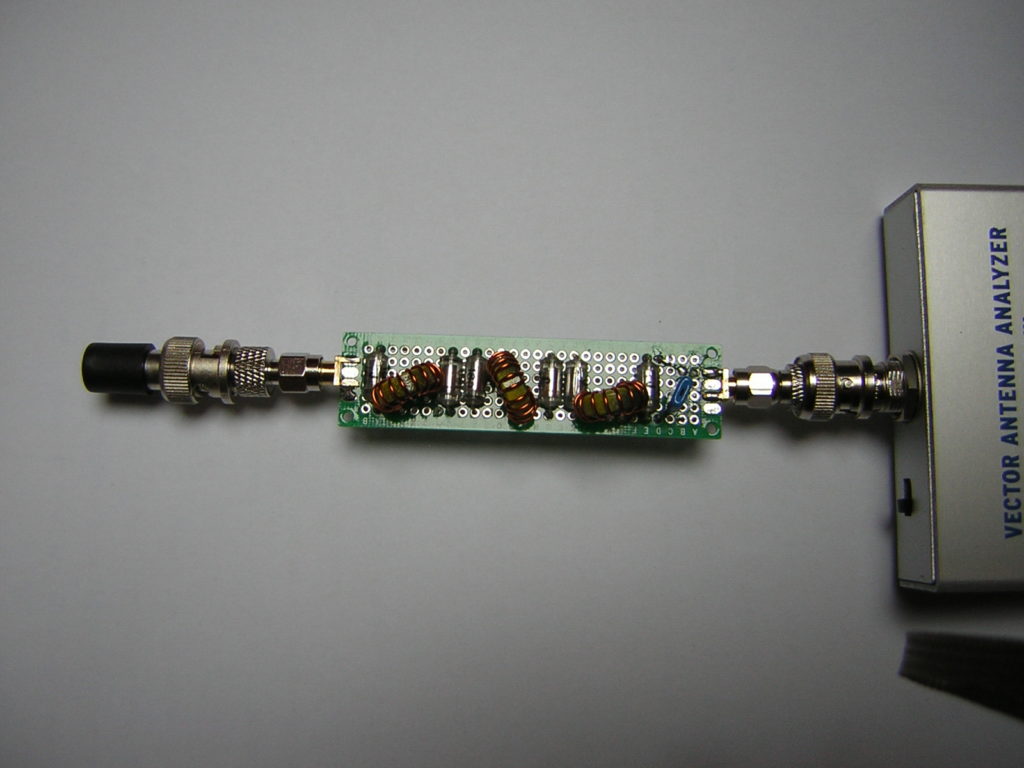
Then I scanned the Z-response . . .
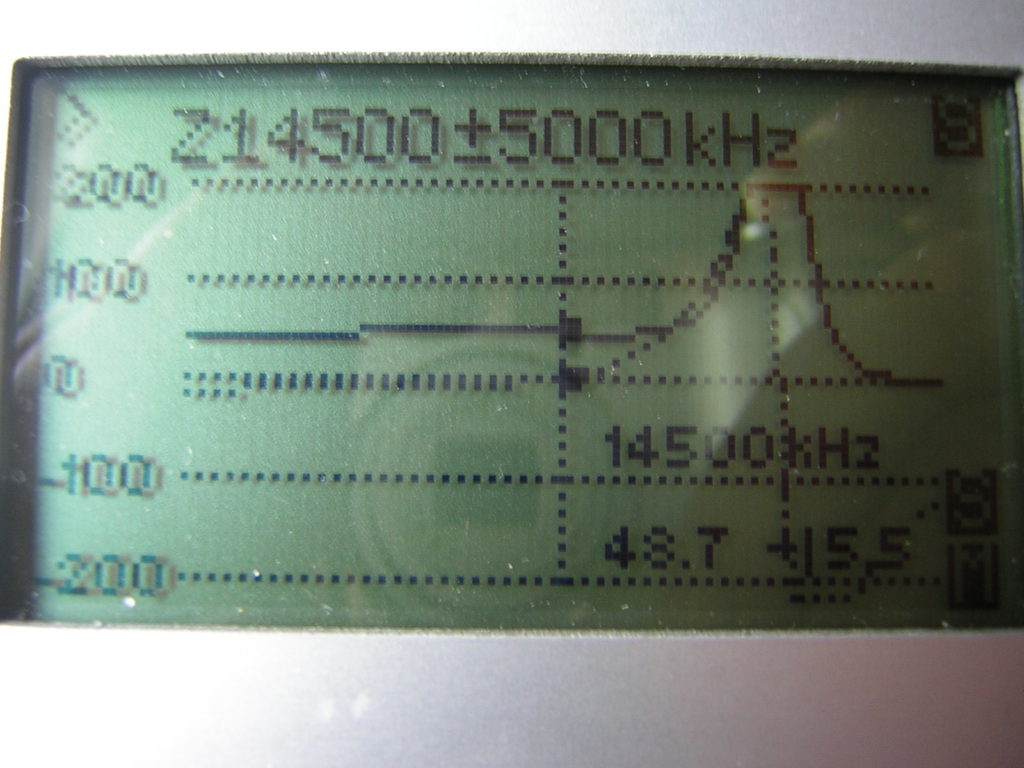
. . . and SWR over frequency:
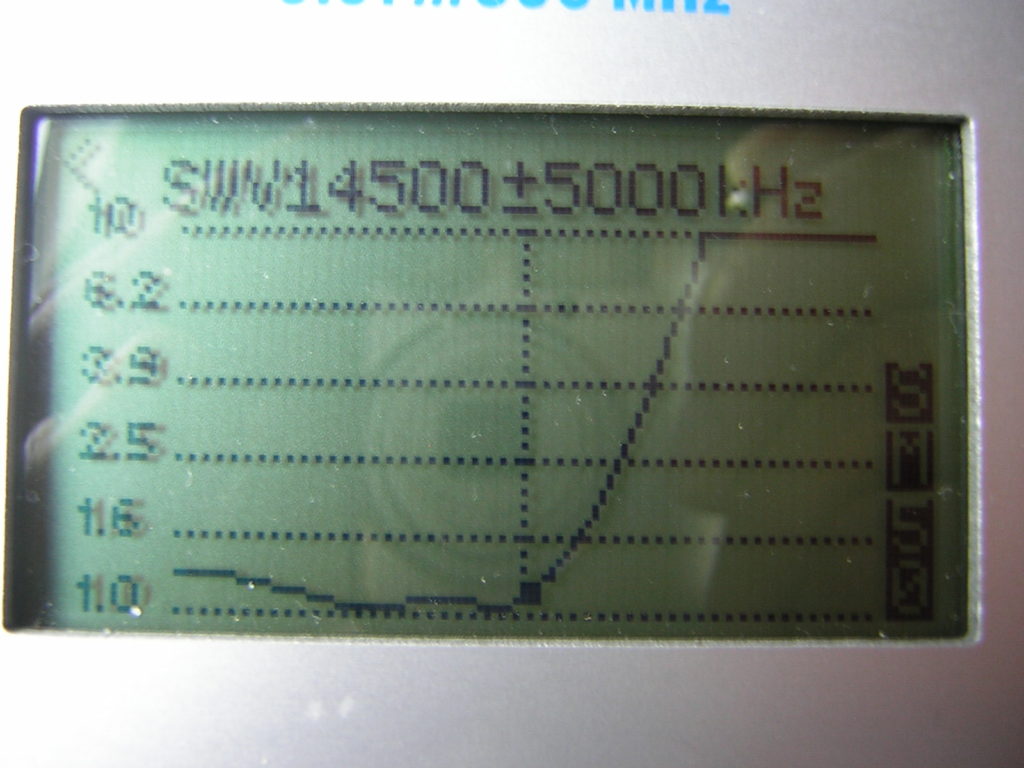
So, in my opinion, the quality of the filter was adequate.
My power meter showed 15.8 dBm, which corresponds to about 38 mW.
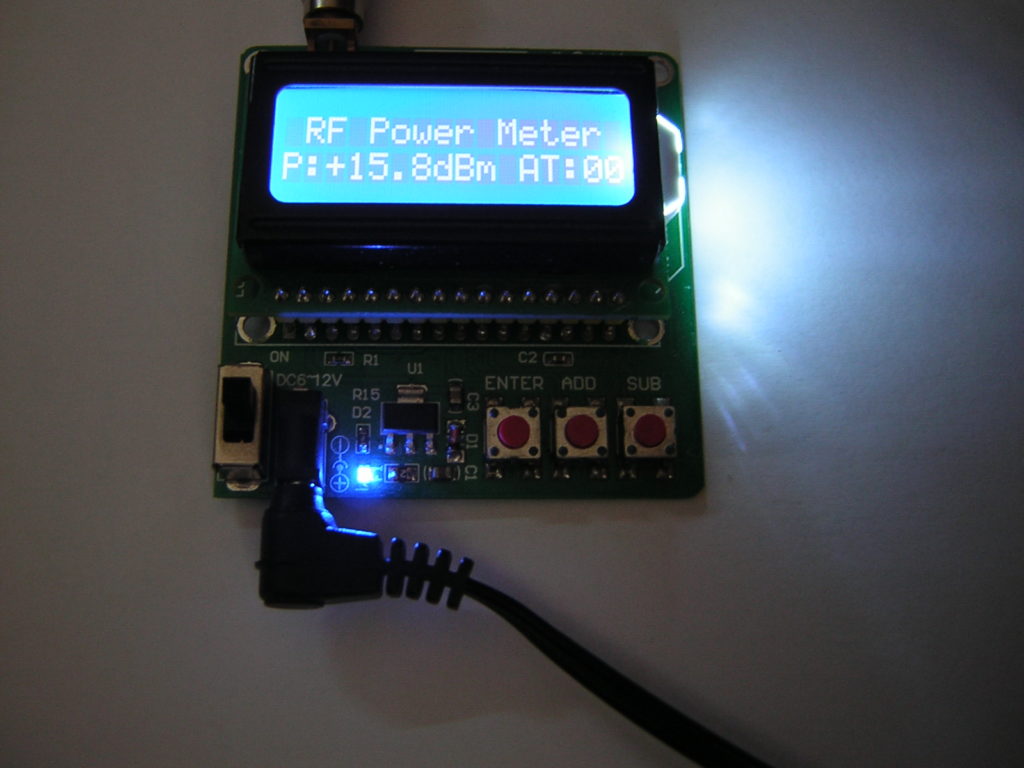
So far, the results were very encouraging. Spots were reported from all over Europe.